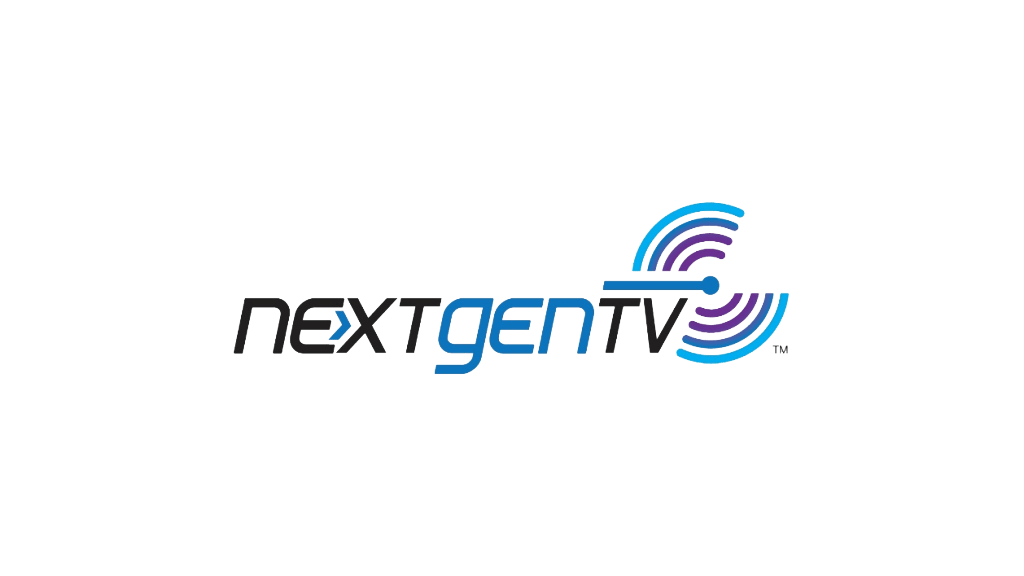Digital monetisation capabilities for NEXTGEN TV
October 18, 2022
By Colin Mann

Pearl TV, the coalition of US broadcast companies transitioning to NEXTGEN TV, is expanding expanded support for digital video advertising technology in its Web TV platform, RUN3TV. It brings digital advertising capabilities equivalent to the web and connected TV, and is a key driver for broadcaster’s return on investment in NEXTGEN TV services. Now with more monetisation opportunities, broadcasters deploying NEXTGEN TV gain a critical time-to-revenue advantage.
“Adding digital monetisation capabilities creates a game changing opportunity for over-the-air broadcast services,” stated Anne Schelle, managing director of Pearl TV. “Expanding on the unique ability to deliver hybrid television service and better engage with their viewers, broadcasters are easily able to integrate with their existing over-the-air and connected TV monetisation platforms.”
RUN3TV was built to support NEXTGEN TV, otherwise known as ATSC 3.0, and bring content to life through two-way web interactivity. As NEXTGEN TV has reached an inflection point—now reaching 55 per cent of US households, approximately 120 television models available at retail, and a growing device ecosystem—NEXTGEN TV gives broadcasters the ability to directly engage with their viewers via their broadcaster applications supported by RUN3TV Web TV Platform.
A first-of-its-kind solution, RUN3TV has incorporated the commonly used server-side ad insertion (SSAI) model, including client-side reporting. SSAI is used to enable video advertising in many IP content distribution scenarios including over-the-top (OTT), connected TV (CTV), advertising-based video on demand (AVoD), free ad-supported streaming television (FAST) and IP broadcast channels. RUN3TV’s SSAI implementation includes the Interactive Advertising Bureau’s video ad serving template (VAST), dynamic adaptive streaming over HTTP (DASH) ad insertion specifications and the ATSC 3.0 broadcast standard.
“NEXTGEN TV is building an active, connected and digital audience using the same interactive technology of ad platforms and privacy models already in use in digital environments,” said Robert Folliard, senior vice president, government relations and distribution at Gray Television. “By 2024, there will be 10 million addressable over-the-air households in the US. There’s a plethora of opportunities for broadcasters with RUN3TV—think of it as web pages over the air that are completely customisable. I am excited to see how broadcasters will lean in on this new capability, engage with the platform and harness a new revenue stream.”
Integrations are in progress with broadcasters’ ad tech partners that support SSAI, including Google Ad Manager, Madhive, Amazon AWS Media Tailor, Magnite, Springserve and Freewheel. Broadcasters that use these ad tech partners have deployed NEXTGEN TV applications in 25 markets.
“Connected TVs continue to be a driving force behind turning the TV screen into a full-funnel marketing tool, bringing together the premium environment of television with all the tools digital has and more,” said Adam Helfgott,CEO at Madhive. “Now, with NEXTGEN TV and the RUN3TV framework, we can bring these capabilities to over-the-air delivery, so that broadcasters can leverage our high-fidelity technology, such as our proprietary connected TV device graph of 100 million households, to deliver local-at-scale precision.”
Separately, Pearl TV has developed a FastTrack programme designed to accelerate development and retail availability of low-cost upgrade accessory receivers.
The programme will create a diverse market of accessories that will bring NEXTGEN TV features to 91 per cent of households that have displays with an HDMI input, but are not equipped with NEXTGEN TV technology.
The FastTrack programme seeks to provide support to manufacturers interested in making devices that support the full NEXTGEN TV service feature set—enhanced video, audio and the interactive features that will bring more content and modernised viewing guides. The detailed device requirements will be updated continuously to aid manufacturers as NEXTGEN TV evolves.
“This new programme will make it easier for companies interested in jumping into the NEXTGEN TV device ecosystem to design, manufacture and sell upgrade accessories,” stated Schelle “While we’ve seen continued success of the transition, the ATSC 3.0 standard is not backward compatible. This programme helps solve that. With a simplified process, accessory price points will decrease making it more affordable and easier for consumers to enjoy NEXTGEN TV even without an enabled television.”
The FastTrack programme will help accelerate the availability of devices for consumers by guiding device makers through the NEXTGEN TV logo and other conformance requirements—including security and regulatory compliance, testing, and opportunities for distribution and marketing partnerships.
By 2024, more than 75 per cent of all televisions sold are expected to be available with dual HDTV and NEXTGEN TV reception. Having an affordable alternative to investing in a new NEXTGEN TV receiver without a built-in display is essential to meet the portion of the potential viewing audience that does not have television sets that support the standard.
